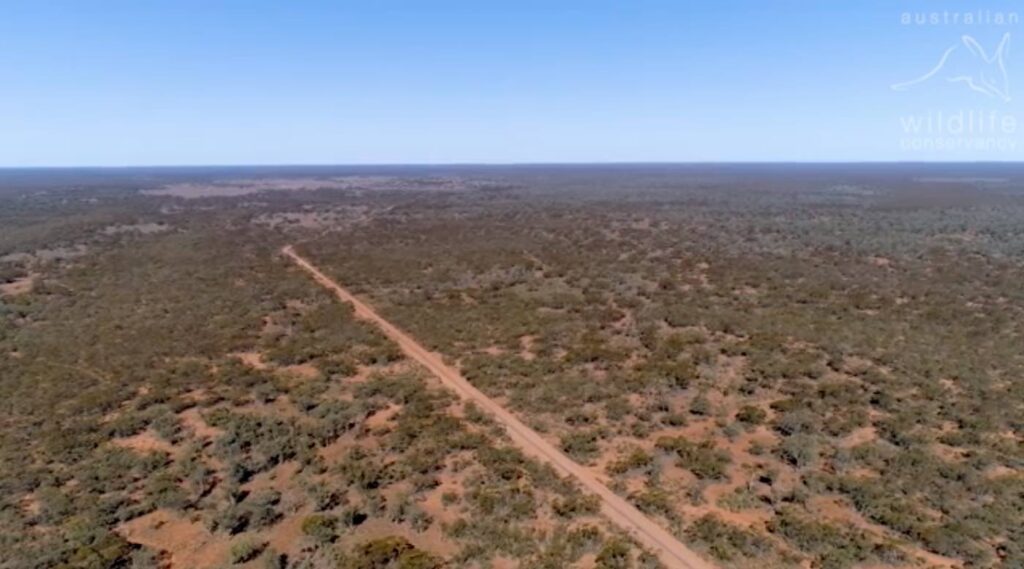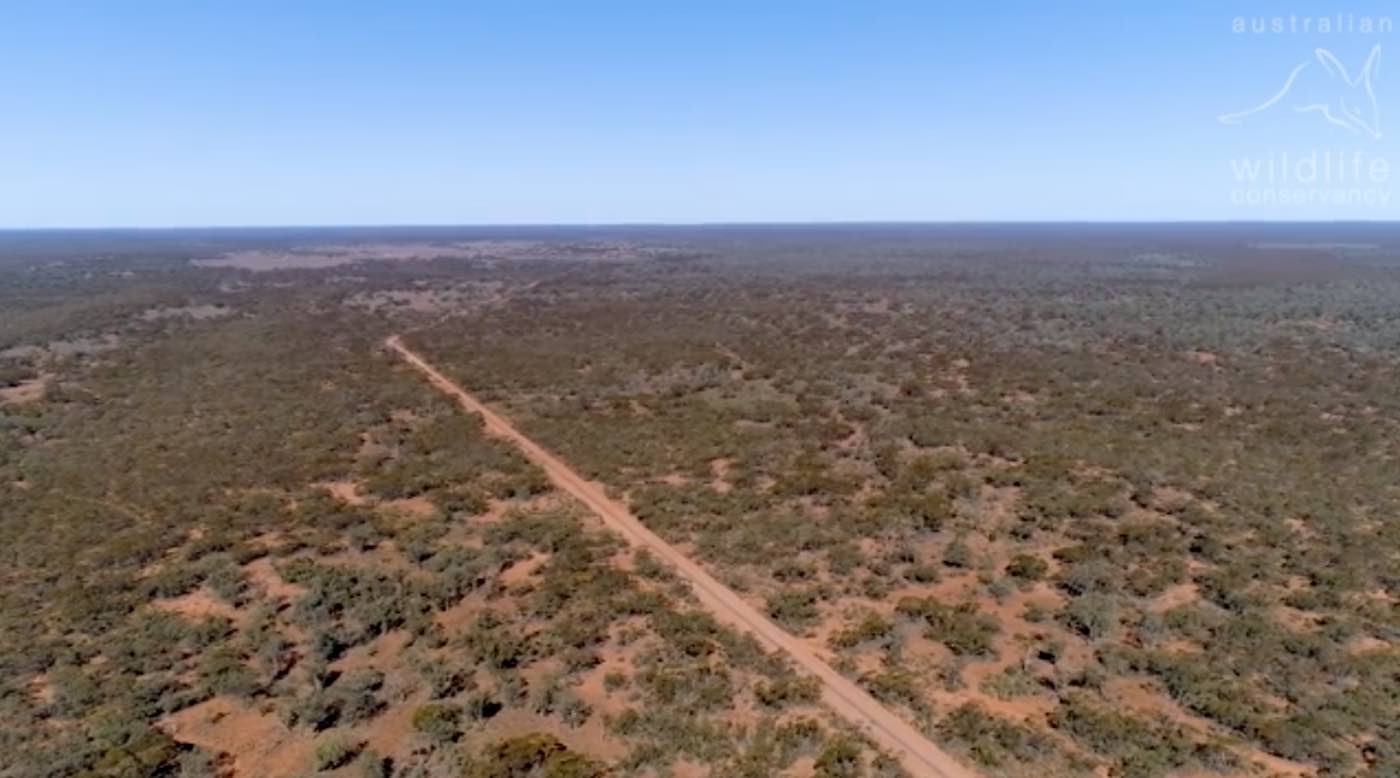Just in time for September and Biodiversity Month, conservationists in Australia announced they have eradicated all feral cats and foxes from a vast 9,570-hectare area, creating the largest feral predator-free safe haven on the country’s mainland.

This, in turn, paves the way for the largest re-wilding project ever to be undertaken in the state of New South Wales.
Ten native mammal species that became extinct in the state are set to be restored to the massive Mallee Cliffs National Park, a major milestone for the Australian Wildlife Conservancy in partnership with the NSW National Parks and Wildlife Service.
Feral cats and foxes are the primary reason why Australia has the worst mammal extinction rate in the world.
Establishing the feral-free area over a 40-square-mile area at Mallee Cliffs has been a major undertaking, involving construction of a fence 37 kilometers-long, consisting of 8,400 posts, more than half a million clips, and 378 km of wire. (See the video below.)
RELATED: Tiny Forests Are Springing Up All Around Europe, Inspired By Japan, to Help Restore Biodiversity
Although this is one of the State’s longest feral predator-proof fences, AWC completed construction in just 12 weeks. This was followed by a prolonged period of intensive feral predator eradication—with one sly interloper outfoxing AWC’s animal control officers for six months.
“We began the eradication program in August last year, but didn’t trap that last fox until February,” said Bruce Summerfield, AWC’s Operations Manager at the park.
Although the last fox was finally trapped, to ensure the area was indeed feral predator-free, months of intensive monitoring was undertaken, using motion camera and searching for footprints.
“Even though this project is still in its infancy, it’s already delivering a positive ecological ‘return’ for the people of New South Wales” Tim Allard, AWC’s Chief Executive said.
LOOK: Dozens of Creatures Thought to Be Extinct Found Alive in ‘Lost City’ in the Jungle
In October 2019, Bilbies were released inside a specially designed 480-hectare breeding area, and today they are in good condition and already increasing in numbers. The reintroduced Bilbies will soon be released into the neighboring 9,570 hectare safe-haven.
The Bilbies will also be joined by Greater Stick-nest Rats, and in coming years by Western Quoll, Red-tailed Phascogale, Numbat, Western Barred Bandicoot, Bridled Nailtail Wallaby, Burrowing Bettong, Brush-tailed Bettong and Mitchell’s Hopping-mouse. Most of these species have been absent from NSW national parks for almost a century – and nearly all are threatened with extinction across their entire range.
“Through projects like this one at Mallee Cliffs, AWC is demonstrating that the eradication of foxes and cats is a critical part of mammal conservation,” said AWC scientist Dr. John Kanowski.
“By putting Australia’s digging animals back into the landscape, we’re not only halting the decline of Australia’s wildlife, we’re restoring important ecosystem processes as well.”
Bilbies are prodigious diggers, with each individual turning around 20 tons of soil per annum. By burrowing and turning the soil, they help to retain moisture and nutrients and disperse seeds and spores.
“Conservation is getting these animals back in the landscape because they all contribute. They’ve been part of this country for millions and millions of years and they’ve only been gone for a century.”
WATCH the video below…
Make Your Social Media Pages a Safe Haven For Good News – SHARE the Story…




















